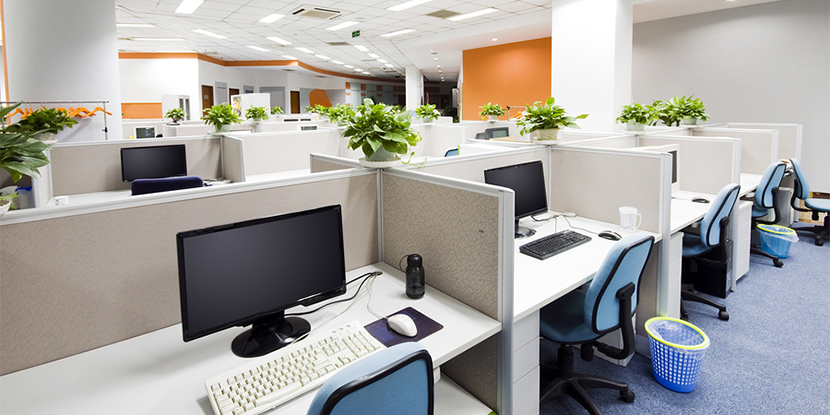It is stated that plants are the lungs of the earth. Research has proved this notion also that plants are the only source of producing oxygen which is vital for all living things on this planet. On the other hand, plants absorb carbon dioxide and help in creating a cleaner environment. These plants are not only necessary for the general environment but are also equally important in the workplace.
At workplaces, the pollutants are more frequently produced due to the use of air conditioners and other electronic equipment. These technologies create chlorofluorocarbons (CFCs) excessively due to which the air becomes polluted. Computer and smartphone screens also emit blue light with inducing fatigue and the stressful workplace environment also encapsulates a person mentally and physically.
These issue effects and lessens the creativity and capacity of the workers. In such cases plants help to clean the environment and produce fresh oxygen. Similar is the case in industrial areas where smoke and fumes pollute the air and if more and more plants are grown in such areas, the environment becomes fresh and clean.
Plants, therefore, are necessary to improve the workplace environment. Plants are not just decorative items at a workplace, rather they make the offices livelier and less gloomy. Plants directly or indirectly increase the productivity of the organizations. People complete their tasks faster and make fewer mistakes. They also focus and concentrate on their work and thus their effectiveness boosts.
Stress is unavoidable in any workplace. However, the presence of plants at the workplace reduces stress among the workers. The presence of plants mitigates stress-related conditions such as anxiety, depression, fatigue, and hostility. This reduction of stress contributes to productivity and also makes the health of the workers even better.
Plants are a direct representation of nature and individuals draw inspiration from them. The famous English poet William Wordsworth created a masterpiece when he was present in nature. Greenery is equivalent to the presence of ample resources. The relaxed, clean and pure environment allows a person to be more creative and his thinking skills drastically improve.
A good working environment is essential for all employees to deliver their best. If a person falls ill, he is advised to get closer to nature and change his lifestyle and start walking in the green pastures. This remedy becomes very effective for his recovery. That is why a TB hospital sanitorium has been constructed at Murree Hill Station which is surrounded by lush green trees and plants.
Humans have an innate desire to be connected with nature, which scientists call ‘biophilia’. Studies have shown that simply adding some greenery in the form of indoor plants can have major positive benefits for employees as well as the organization.
If a clean and green environment is provided to the workers, the risk of ‘sick building syndrome’ is reduced. A small study by the agricultural university of Norway in the 1990s found that the introduction of plants to one office was linked to a 25% decrease in symptoms of ill health including fatigue, concentration problems, dry skin and irritation of the nose and eyes.
The presence of plants can thus result in a positive change in the psycho-social working environment. Nature-inspired designs for furniture in the home and workplace which are also known as biophilic designs are quite trendy nowadays worldwide. More people are attracted to such places which are biophilic in nature. Plants also reduce noise pollution by absorbing sounds. It is therefore recommended that more and more plant pots should be placed at the workplace to create a soothing effect and to make the workplace more attractive for the employees.
Image source link

















